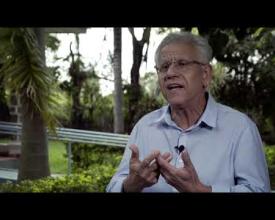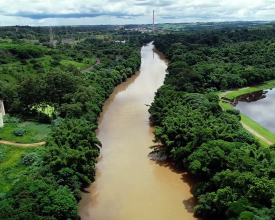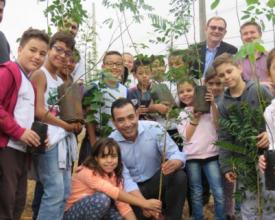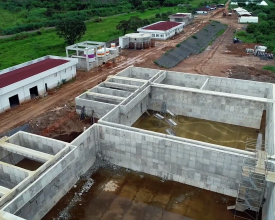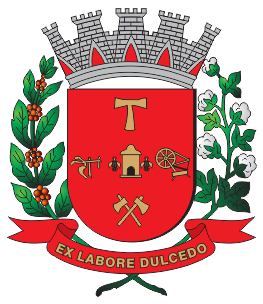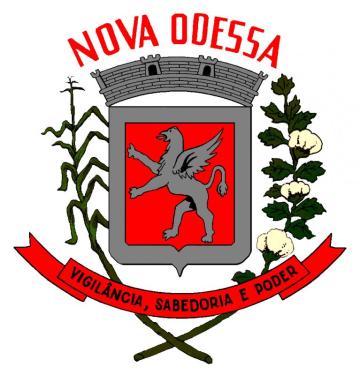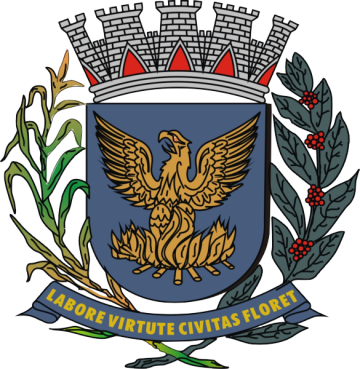
Implementation of the Ribeirão Quilombo Revitalization Project and its Floodplain Protection Areas (PCJ Basin)
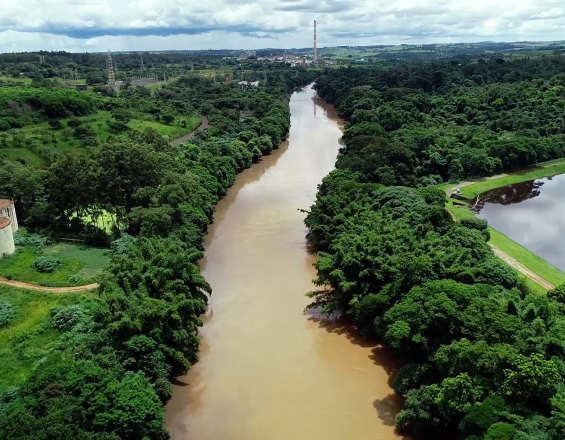
The Ribeirão Quilombo River basin encompasses six important municipalities that house approximately 2,072,000 inhabitants, namely: Americana, Nova Odessa, Sumaré, Hortolândia and part of the municipalities of Paulínia and Campinas. The Ribeirão Quilombo presents highly polluted waters due to domestic and industrial sewage discharges, not being indicated for urban use and requiring actions for its depollution.
The recovery of water and floodplain protection areas of the Ribeirão Quilombo was accomplished through the implementation of the Revitalization Group, through macrodrainage, forest recovery, sanitation quality, and significant regional mobilization in defense of the theme, with the adhesion of the local community, municipalities and entities.
In two years of operation, several structural and non-structural actions were performed, contributing to the recovery of the Ribeirão Quilombo and its environmental protection areas.
Contexte
Challenges addressed
The main challenges encountered by the Consórcio PCJ to promote the revitalization of the Ribeirão Quilombo were:
- Lack of information and planning;
- Little integration between the various municipalities and agencies in the area of sanitation and environment;
- Poor water quality and lack of riparian forests;
- Fundraising to carry out the necessary revitalization actions.
Emplacement
Traiter
Summary of the process
For the execution of the revitalization actions of Ribeirão Quilombo, initially it was necessary to perform the diagnosis of the Ribeirão Quilombo Basin. From this survey, it was possible to identify the necessary actions that each municipality should take to improve the water quality of Ribeirão Quilombo. After sensitizing the regional community about the importance of revitalizing watercourses through the application of public policies capable of involving managers, command and control entities, community, partners and representatives of municipal governments, which led to the creation of “Ribeirão Quilombo Revitalization Group”, a Pactuation of those involved in the promotion of revitalization actions of Ribeirão Quilombo was signed, indicating the Schedule of Actions to be taken by each of the municipalities to meet the existing demands in the areas of macrodrainage, reforestation, and sanitation.
Building Blocks
Diagnosis and action plan
The Diagnosis of the Ribeirão Quilombo Sub-basin, including information on the macrodrainage situation, forest recovery and quality of environmental sanitation in the region (three important aspects of the Sub-basin's recovery), indicating the actions to be taken carried out by each of the municipalities involved in the Ribeirão revitalization project. Based on the characterization of the scenarios of existing low water availability, in addition to the increasing difficulty of obtaining new sources to supply the growing demand, studies were carried out to obtain a diagnosis of the current situation of the demands and recovery actions of the Ribeirão Quilombo Sub-basin, for the definition of future alternatives that enable the expansion of the water capacity of the water producing systems, enabling the recovery of the quantity and quality of water of the creek in the six municipalities involved.
Enabling factors
In order to obtain the Quilombo Ribeirão Basin Diagnosis, it was necessary to survey several environmental studies in the region, in order to filter the most relevant ones from the point of view for the revitalization of a river. Was selected data regarding the macrodrainage situation, forest recovery and quality of environmental sanitation in the region. Identifying what each action would be necessary for each municipality of the basin.
Lesson learned
With the conclusion and consolidation of the Ribeirão Quilombo Basin Diagnosis, it was possible to identify, quantify and present to the members of the Group and the Municipalities involved what the demands to be reached within the scope of the revitalization of the Ribeirão Quilombo.
Within the theme of macrodrainage it was possible to verify the recommended reservoirs for flood control in the Ribeirão Quilombo basin that had not yet been executed. As if they presented problems related to the use and occupation of the land and the estimated cost for the execution of the works.
Regarding the theme of forest recovery, the diagnosis made pointed to the need to plant up to 584,763 native tree seedlings in the region; as well as the cost and indication of the quota part of each municipality.
Regarding the actions of quality of the environmental sanitation of the Basin, the elaborated diagnosis pointed the most critical municipalities by the generated sewage treatment index, allowing to identify the points that most demanded investments for improvement.
Awareness and formation of a revitalization group
Through this stage, we sought to sensitize the regional community about the importance of revitalizing watercourses through the implementation of efficient public policies capable of involving regional managers, command and control entities, community, partners and representatives of the 6 municipal governments. This action resulted in the holding of Regional Events and Meetings to discuss the theme with those involved, allowing contributions from partners and the creation of the “Ribeirão Quilombo Revitalization Group”, coordinated by the Consórcio PCJ.
Agreement of those involved in the promotion of revitalization actions of the Ribeirão Quilombo, indicating the Schedule of Actions to be undertaken by each of the municipalities to meet the existing demands in the areas of macrodrainage, forest recovery and sanitation.
Enabling factors
For the Pactuation of the agents involved in the revitalization of the Ribeirão Quilombo it was necessary to create the “Ribeirão Quilombo Revitalization Group”. For the creation of this group, discussions were held with the rulers of the municipalities involved by the Ribeirão Quilombo Sub-basin as well as with the regional community, alerting them of the importance of revitalizing the river for the region. This process required several meetings, coordinated by the Consórcio PCJ, with the government, sanitation companies and civil society.
Lesson learned
It can be highlighted that after the formation of the “Revitalization Group” the municipal governments started to have a different look at the Basin. Each municipality, aware of the importance of the revitalization of the Ribeirão Quilombo, to guarantee quality water for the population as well as to preserve the local nature; began to invest both human and material resources in actions aimed at the recovery and preservation of the river. For this, the agents of each municipality could be guided by the Diagnosis of the Ribeirão Quilombo Basin, previously elaborated.
Impacts
Through the work done, the “Ribeirão Quilombo Revitalization Group” was formed (April 2018), which through agreement between the municipal representatives and members involved has achieved various actions aimed at the recovery of the Ribeirão Quilombo.
Among the actions carried out, we highlight the construction of a macrodrainage reservoir and the elaboration of linear parks in the municipality of Hortolândia. The planting of more than 113,000 tree seedlings along the Ribeirão Quilombo Basin. Investments in the modernization of Quilombo WWTP, which has 100% treatment of collected sewage, in the city of Nova Odessa. The construction of the Boa Vista WWTP (expected completion in April 2020), which will have tertiary treatment technology, becoming a Reuse Water Producing Station (EPAR), in the Municipality of Campinas. The correction of freshwater sewage discharge points in Ribeirão Quilombo (13 points) and the modernization reform of the Carioba WWTP (scheduled for completion in late 2020) in Americana.
The Municipality of Sumaré, one of the most critical in the issue of wastewater treatment, has a TAC (Conduct Adjustment Term) in which the concessionaire of sanitation services in the municipality has committed to raise from 27% to 100% the rate of sewage treatment by 2022. In addition, CETESB installed 3 new water quality monitoring points.
Beneficiaries
- The entire population of the municipalities of Americana, Nova Odessa, Sumaré, Hortolândia and part of the municipalities of Paulínia and Campinas;
- Local governments;
- Water utilities;
- Fishermen.
